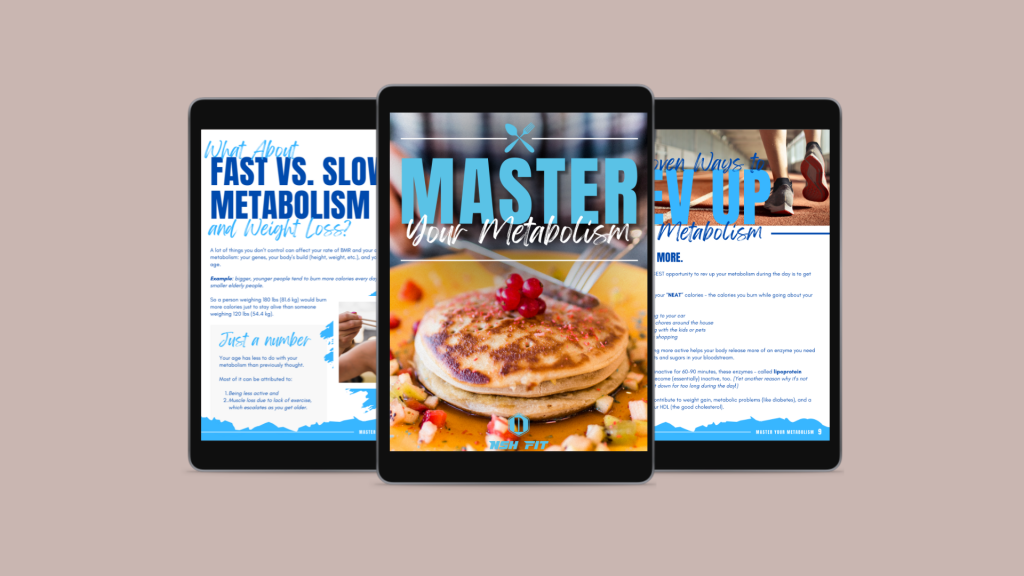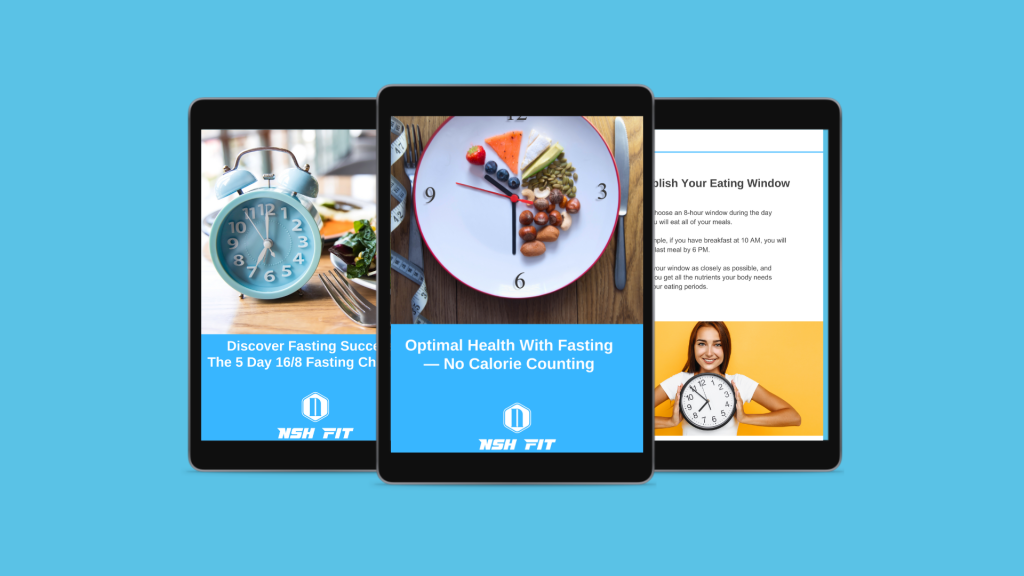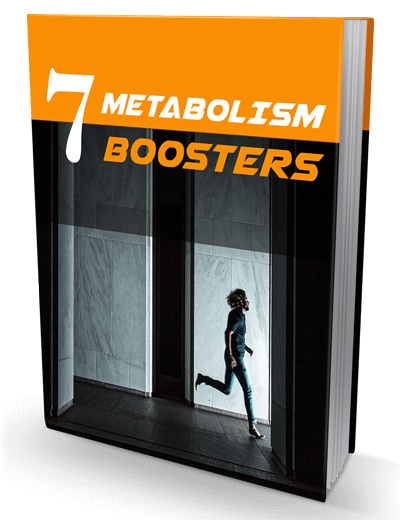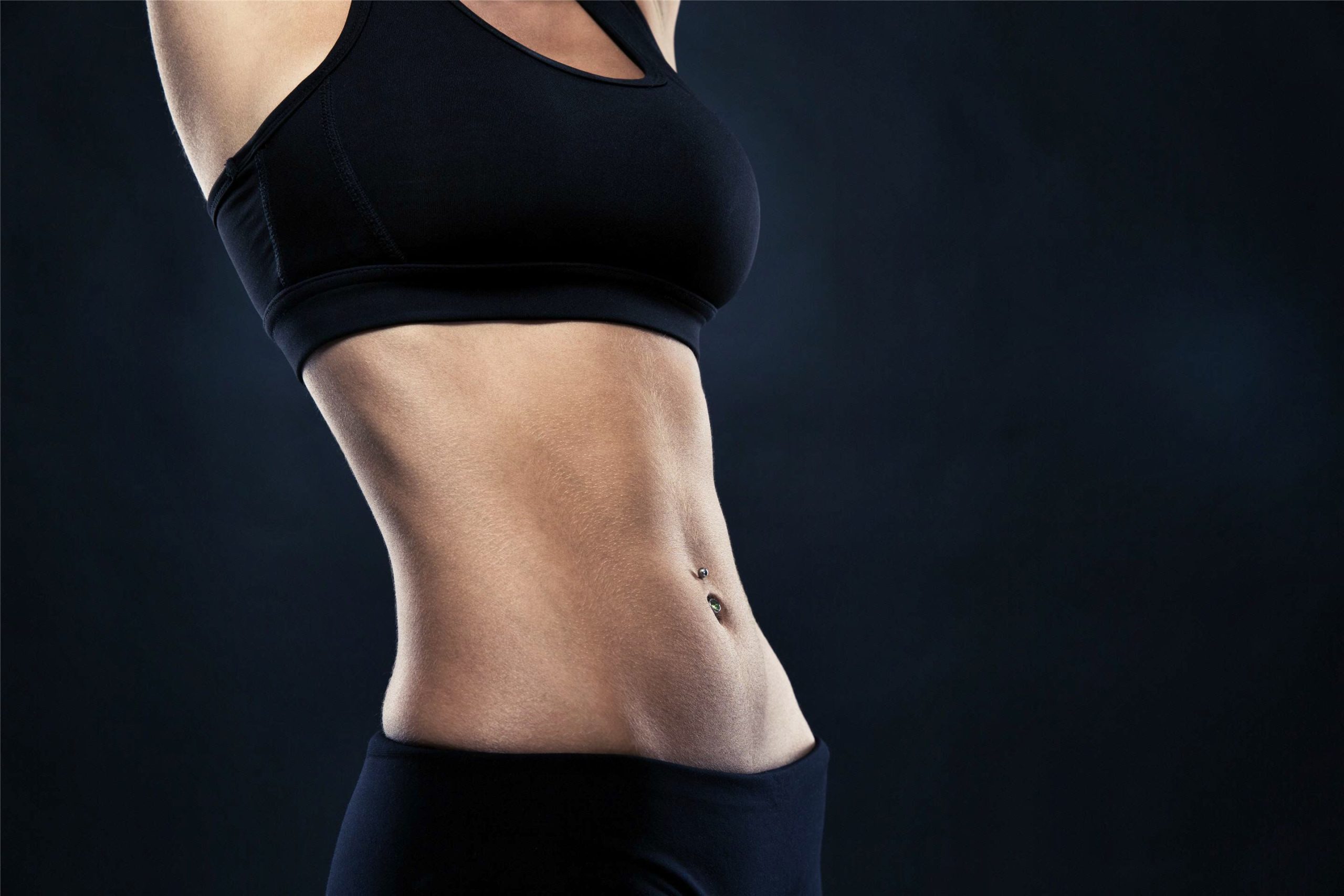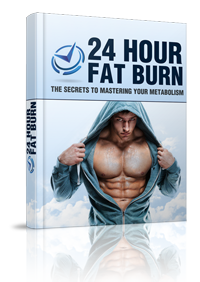The benefits of High-Intensity Interval Training are many:
Looking for a workout that can help you reach your fitness goals quickly and efficiently? Look no further than high-intensity interval training (HIIT).
This intense form of exercise involves alternating periods of all-out effort with periods of rest, making it a highly effective way to burn fat, increase endurance, and build lean muscle.
Whether you’re a seasoned athlete or a beginner looking to get in shape, the benefits of HIIT are numerous and well-documented.
By pushing your body to the limit and challenging your fitness in new ways, you can achieve your goals faster and more effectively than ever before.
So if you’re ready to take your training to the next level and unlock the many benefits of high-intensity interval training, read on to discover how this popular workout style can help you transform your body and achieve your fitness dreams.
What Is High-Intensity Interval Training?
High-intensity interval training (HIIT) is a type of workout that involves short bursts of high-intensity exercise interspersed with periods of rest or low-intensity activity.
The idea is to push your body to the limit during the high-intensity intervals, allowing you to maximize your cardiovascular and muscle output.
HIIT can take many different forms, including running, cycling, or weightlifting, and can be adapted to suit a wide range of fitness levels and abilities.
For example, a simple HIIT workout might involve alternating 30 seconds of all-out sprinting with 30 seconds of walking or slow jogging, repeated for a total of 10-20 minutes.
This type of workout can be done on a treadmill, outdoors, or even with a jump rope or other equipment.
The beauty of HIIT is that it can be adapted to suit your preferences and fitness level, allowing you to challenge yourself and push your limits while still achieving great results.
And, practically, it can be adapted to any sort of exercise, from jogging to hiking and even swimming.
The premise is always the same – 10-20 seconds of all-out, intense effort, followed by up to 60 seconds of rest or very low-intensity work.
How The Body Fuels Movement
In order to fuel movement during exercise, the body relies on a variety of energy production mechanisms.
Those include aerobic and anaerobic mechanisms, as well as a mix between the two.
Aerobic mechanisms primarily engage oxygen to help break down glucose and fat for energy.
These mechanisms are primarily engaged during low-intensity exercise that is long in duration (4+ minutes.)
Oppositely, anaerobic mechanisms do not rely on oxygen and utilize muscle creatine & glucose for energy.
These mechanisms are primarily engaged during high-intensity, short-burst output, such as sprinting or weight lifting.
During high-intensity interval training (HIIT), the body primarily relies on the anaerobic system, which involves the breakdown of glucose to create energy without the use of oxygen.
However, due to the prolonged duration of this type of training, aerobic mechanisms are also involved, making it a mixed aerobic-anaerobic workout.
By alternating between periods of high-intensity activity and rest or low-intensity activity, HIIT workouts allow the body to tap into both energy production mechanisms, maximizing the benefits of both systems and helping to improve overall fitness and endurance.
What Does HIIT Lead To?
One of the major advantages of high-intensity interval training (HIIT) is that it can lead to improvements in both endurance and explosive power.
This is due to the fact that HIIT utilizes both the anaerobic and aerobic energy systems in the body, as it involves alternating periods of high-intensity activity with rest or low-intensity activity.
By challenging the anaerobic system, HIIT can help to build explosive power and speed.
At the same time, by challenging the aerobic system, HIIT can also improve endurance and overall cardiovascular fitness.
This unique combination of benefits makes HIIT a highly effective form of training for athletes and fitness enthusiasts alike, helping to improve both speed and stamina.
So whether you’re looking to improve your overall fitness or take your athletic performance to the next level, incorporating high-intensity interval training into your routine could be just the ticket to unlocking your full potential.
The Afterburn
One additional benefit of high-intensity interval training (HIIT) is the afterburn effect, also known as excess post-exercise oxygen consumption (EPOC).
This phenomenon refers to the increased calorie burn and metabolic rate that can occur in the hours following an intense anaerobic workout like HIIT.
During these recovery periods, the body must work to restore oxygen levels, remove waste products, and repair damaged tissues.
This process requires energy, which means that the body continues to burn calories at an elevated rate even after the workout has ended.
This effect can last for several hours after a HIIT session, leading to increased calorie burn and improved fat loss over time.
That is, of course, if the workouts are paired with a good nutrition plan.
So not only can HIIT help to improve strength, endurance, and explosiveness, but it can also help you continue to burn calories and lose weight long after your workout is over.
This makes HIIT a highly efficient and effective form of exercise for anyone looking to get the most out of their fitness routine.
Final Thoughts
In conclusion, high-intensity interval training (HIIT) is an incredibly effective and versatile form of exercise that can offer a wide range of benefits to people of all fitness levels.
By pushing the body to its limits and challenging both the anaerobic and aerobic energy systems, HIIT can lead to improvements in endurance, explosive power, speed, and overall fitness.
Additionally, the afterburn effect of HIIT can help to continue burning calories long after the workout has ended, leading to better weight loss results over time.
With so many benefits on offer, it’s no wonder that HIIT has become such a popular and well-regarded form of training.
Whether you’re a seasoned athlete looking to take your performance to the next level or simply someone looking to improve your overall fitness and health, incorporating HIIT into your routine could be the key to unlocking your full potential.
So why not give it a try today and see what HIIT can do for you?
Discover more in this for a limited time* free gift.
You will discover:
1. The Science Behind Metabolism and how you can get aesthetic physique in the least amount of time
2. 7 ways to boost your metabolism to lose weight
3. The simple beliefs you should adopt to achive your fitness goals
(*Free offer valid until May 14, 2023)
